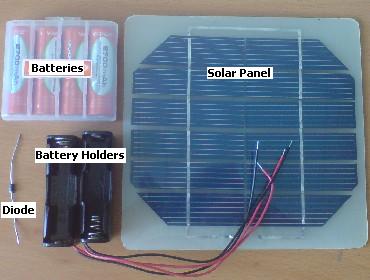I’m just back from the 2007 Global Amateur Radio Emergency Communications Conference (GAREC 2007). Where I presented some initial results from the GAISS project (previous entry here). I was also attending on behalf of AREN and the IRTS (who also partially paid for my attendance the conference).
Listening to the presentations from the Amateur Radio operators that worked (some for months) in the aftermath of Hurricane Katrina and Rita to provide communications in and out of the disaster area was most humbling.
The presentations were excellent overall, I learned quite a lot from other participants, and had a great reaction to my own presentation. Which surprised me a bit. I met a fantastic bunch of people, that I will hopefully be able to keep in contact with as time goes on.
What was most interesting to me is the holistic approach taken to Amateur Radio in countries that have experienced disaster, everyone is competent in all areas whether it be Contesting, VHF, Digital modes, whereas in Europe, people tend to have a more polarised view (i.e. some folk specialise in VHF, some in Digital etc). I have much to learn.
Here are some pictures taken before, during and after, GAREC.
All in all it was a fantastic experience (and I got a mention in the ARRL blog, thanks to Khrystyne, K1SFA).


